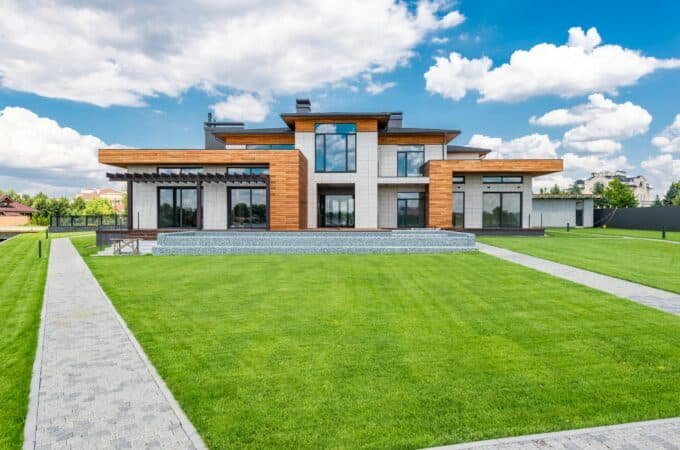
What Features Do You Need in a TV?
As technology advances at a break-neck pace, many once-must-have devices are getting phased out — but not the television. In fact, the TV is successfully gaining prominence, consuming other entertainment outlets (like movie theaters) as it evolves into an indispensable piece of tech in the home. These days, you can find TVs with all sorts of bells and whistles, from TVs the size of entire walls to TVs that connect to the internet and more.
When there is such a spectrum of devices available, you should rightfully be wondering: “Which TV is the one for me?” Hopefully, this guide to current television features will help you identify the right make and model for your home.
Table of Contents
ToggleSize
TVs come in essentially any size you can imagine — but bigger isn’t necessarily better. The truth is that there is an ideal ratio of size to viewing angle, and if your TV is too large, you could hurt your eyes or your neck, or worse, you could totally throw off your room’s feng shui.
The simplest formula takes your viewing distance in feet and multiplies it by 7.7 to acquire the screen size in inches. So, for example, if your couch is 10 feet away from the wall you hope to mount your TV on, you shouldn’t invest in a screen larger than 77 inches.
Light Source
At present, there are about four different types of TV on the market: LCD, LED, Plasma and OLED. What’s the difference?
- LCD TVs are made of segments of liquid crystals, which can block or permit the passage of light from behind. However, the crystals themselves do not produce light, only manipulate it, so these TVs need a backing light, which is usually fluorescent.
- LED TVs are usually LCD TVs that use LEDs to illuminate the crystals rather than fluorescent bulbs. This means they are more efficient than LCD TVs, allowing them to be thinner.
- Plasma TVs are two sheets of glass with a mixture of gases stored in the middle. Some experts argue that plasma provides superior color accuracy and contrast to LCD and LED TVs, but note that you can only get plasma TVs at 40 inches and above.
- OLED TVs create light by sending an electric current through “organic” materials (i.e. carbon), and as such, they don’t require a backlight. Thus, OLEDs are the thinnest, most flexible TVs available — the latest and greatest in TV technology, which is accordingly super expensive.
Resolution
If you don’t want your TV to look pixelated, you don’t want to go below a 1080p HDTV — but the truth is you can do way better than that. Rapidly replacing 1080p are 4K sets, which will likely remain relevant for years to come. However, if resolution does matter to you, you want to invest in 8K TVs, which are way ahead of their time when it comes to video quality.

Refresh Rate
Resolution isn’t the only feature affecting video quality — you also need to consider your TV’s refresh rate. This is how frequently your TV refreshes the picture on the screen; abominably slow TVs will make your shows look robotic and jumpy, while faster refresh rates produce smooth videos. Here’s a simple rule of thumb: Faster is better. Generally, you don’t want to go anywhere below 120 Hertz, and you can go as high as 240 Hertz if you have the cash.
Contrast Ratio
This is a feature you don’t need to worry about. Unfortunately, TV manufacturers fudge the specifications regarding contrast ratio, and because there isn’t a universal test for contrast, you can straight-up ignore information on this issue. Instead, try to watch a few video clips with vastly different lighting — maybe the “Battle of Winterfell” episode from Game of Thrones season 8 — and trust your own eyes and preferences.
Compatibility
You probably have more than a few devices to plug into your new TV, so you need to be certain you can do that. Most new TVs come with HDMI hookups — and that’s it. That means if you want to attach your original NES, you’ll need to specifically search out a TV of your style with coaxial inputs or else acquire an adaptor. The HDMI ports on your TV should probably be 2.1 or better, which accommodate Ultra HD devices, and you should have as many ports as possible, usually upwards of four.
Smartness
Last but not least, you want your TV to be smart. If your TV doesn’t have smart features, you will need to invest in other solutions, like Roku, Firestick or Chromecast, to acquire streaming services on your TV. The money and energy you’ll waste on these sources would be better spent on upgrading to a TV with built-in smart capabilities, which will only be more essential in the future.






